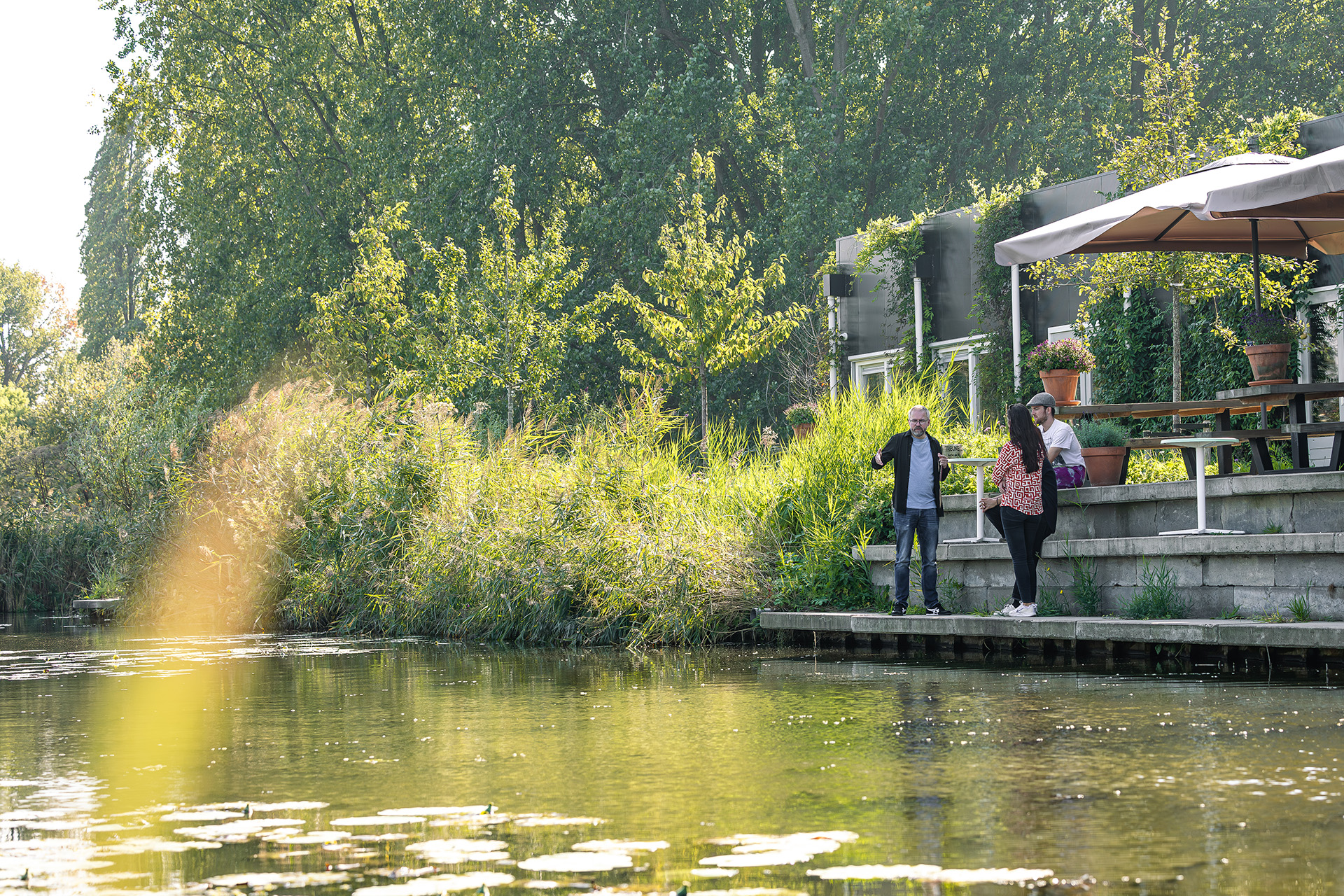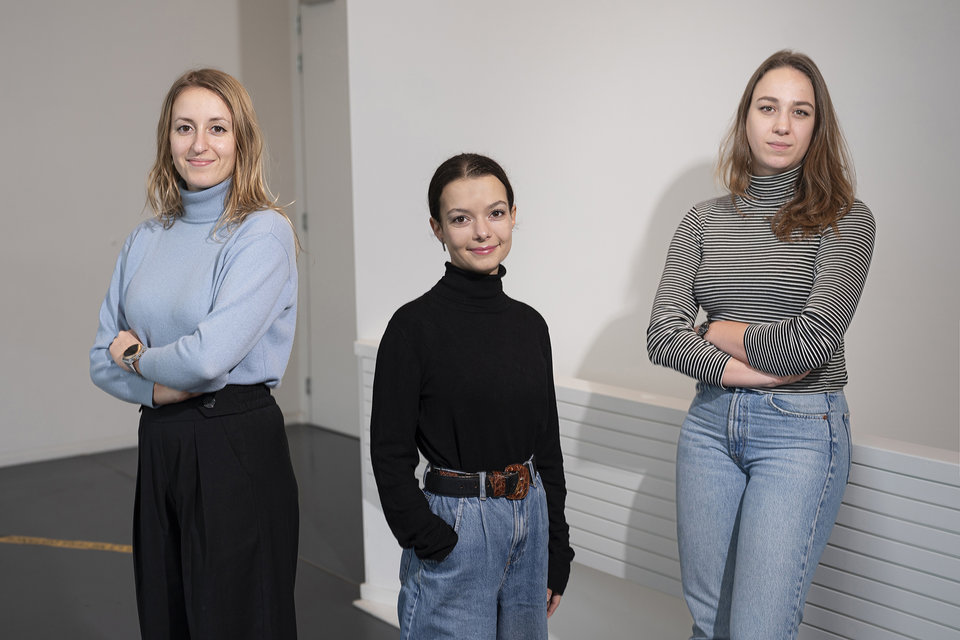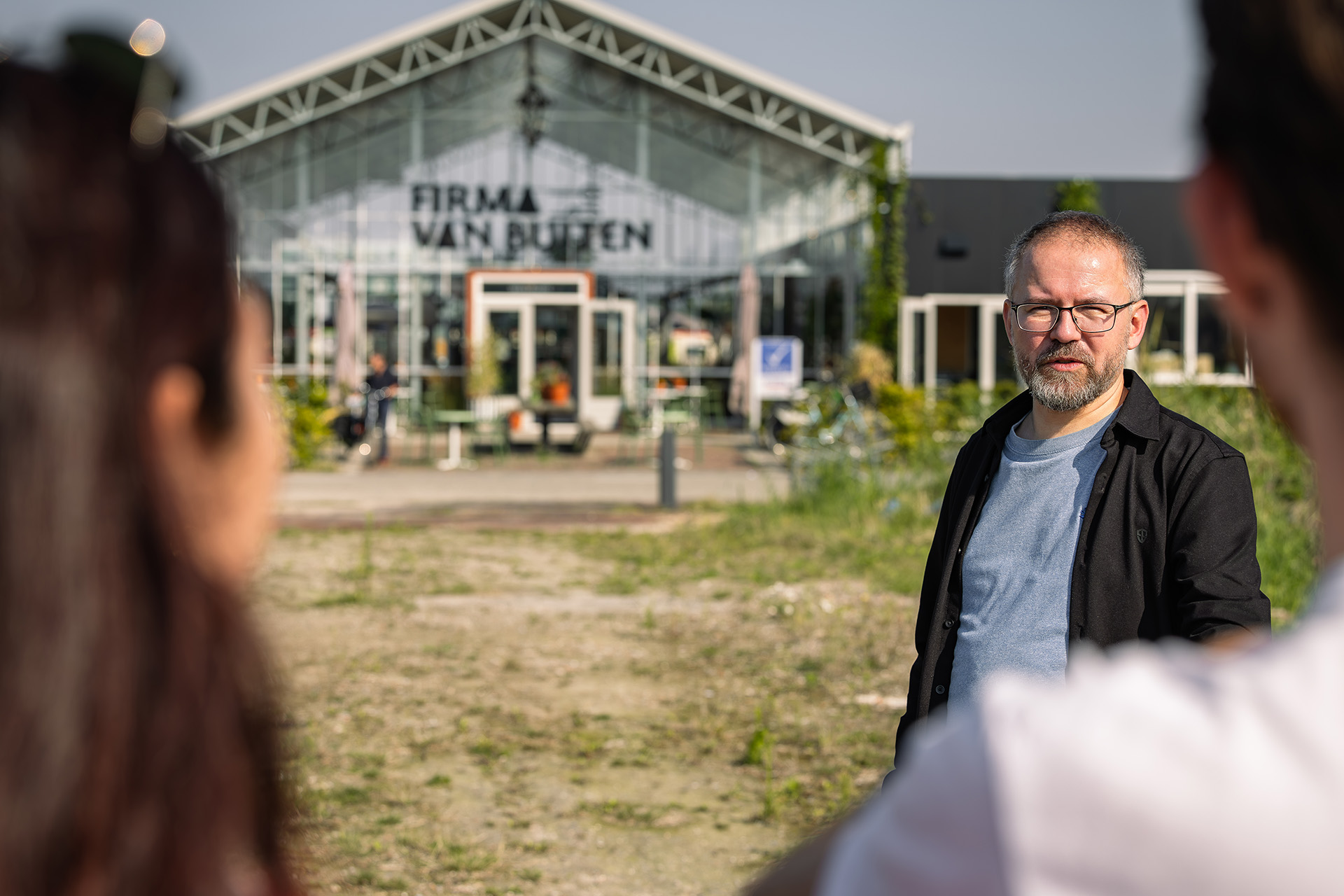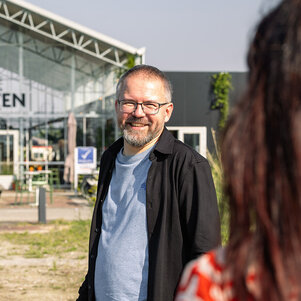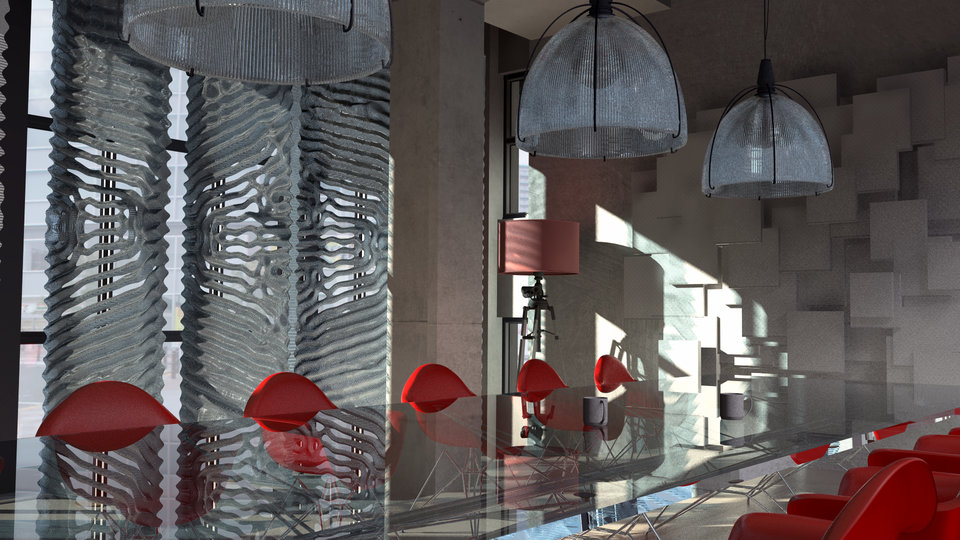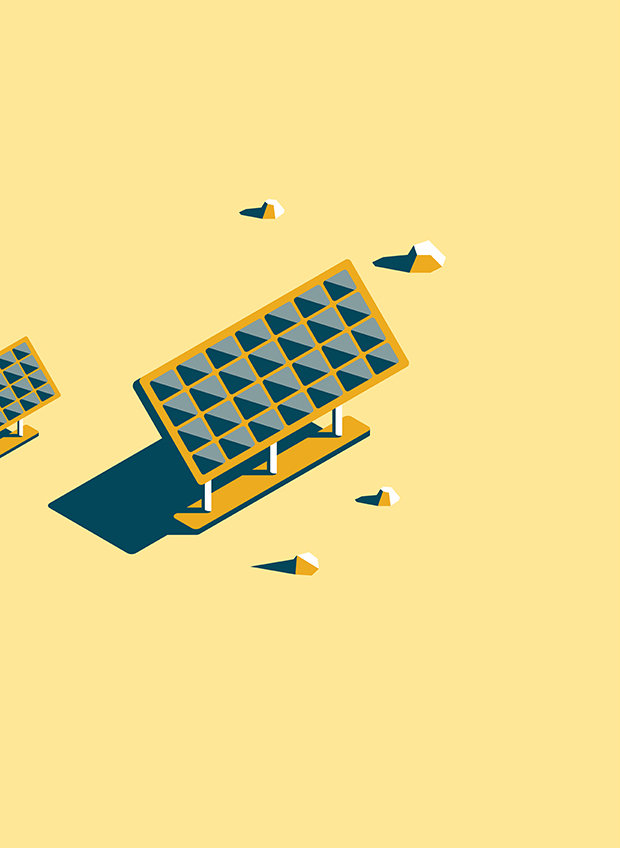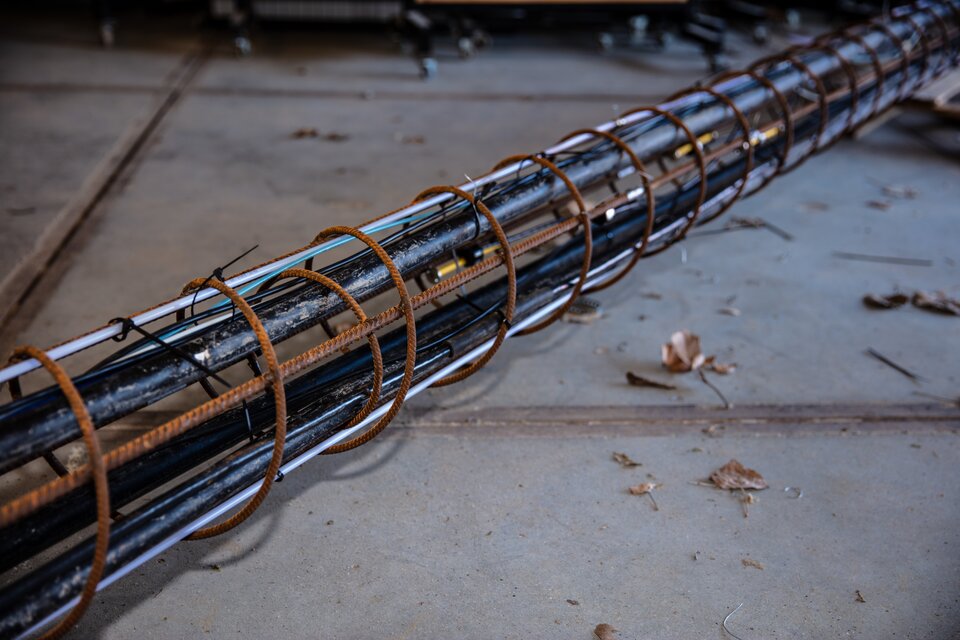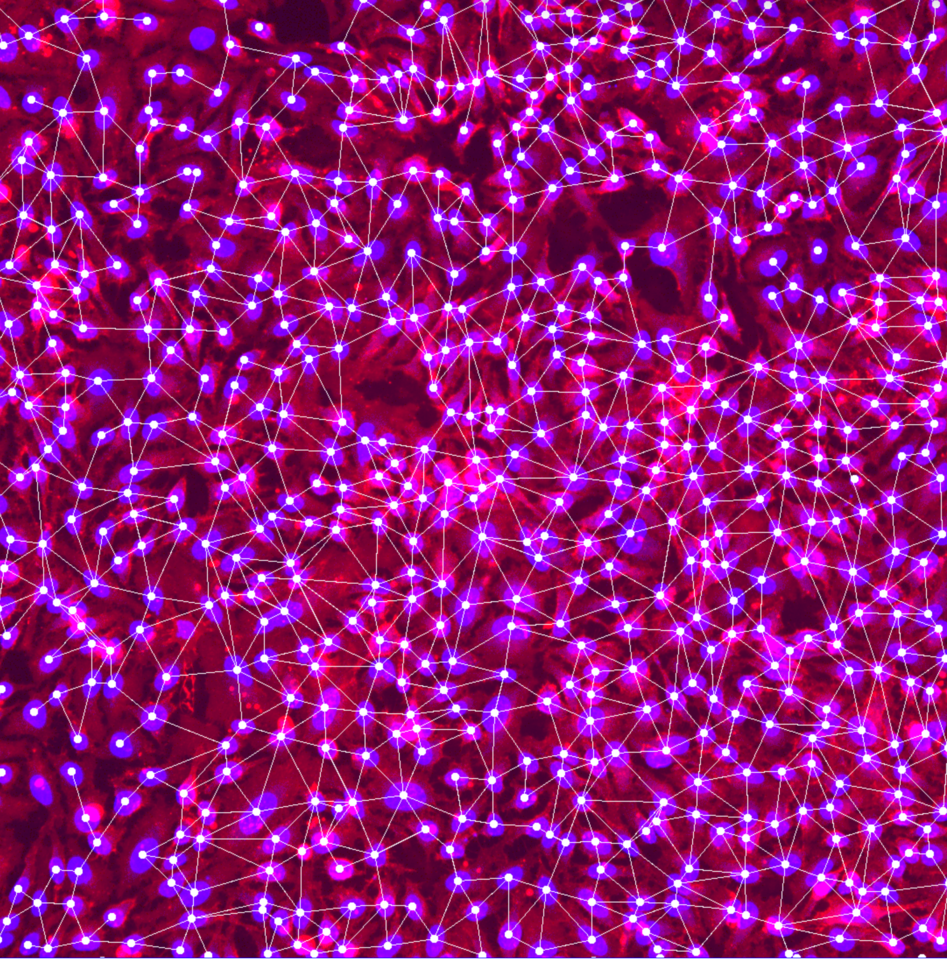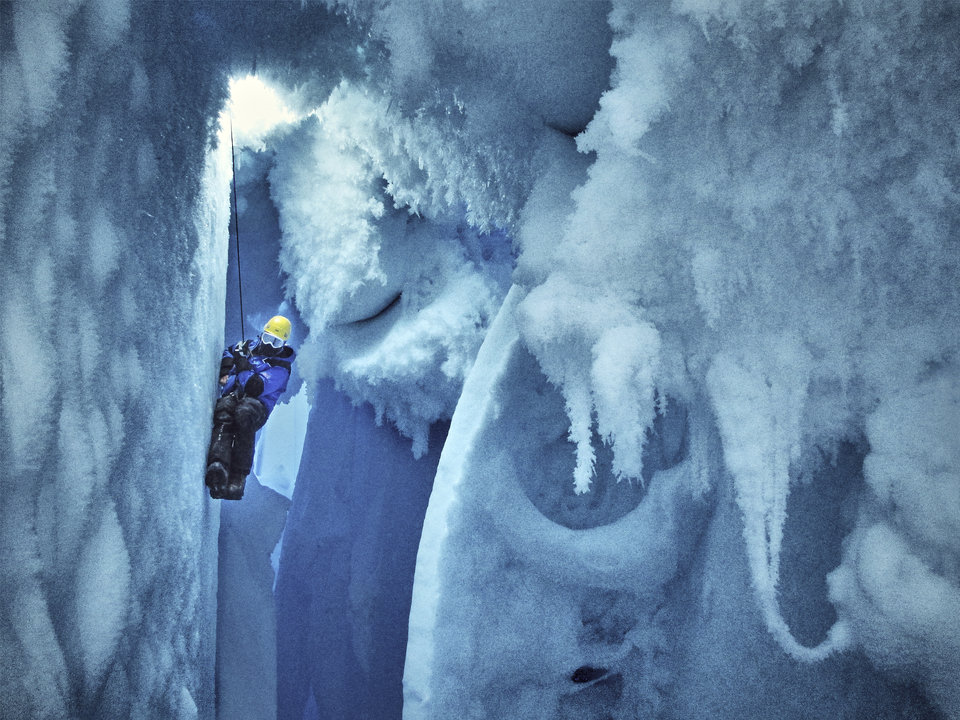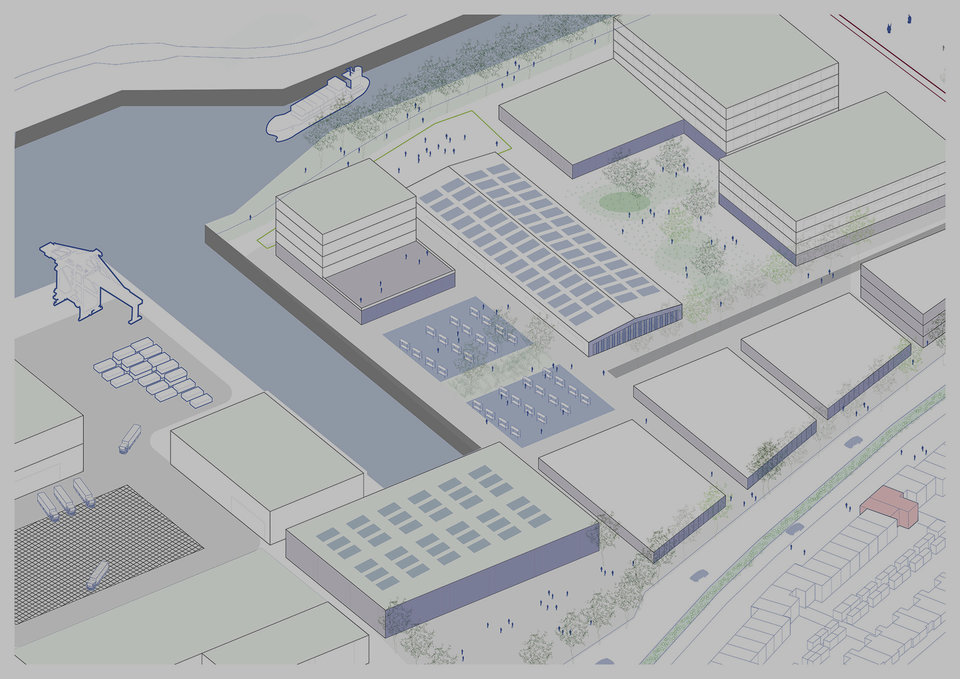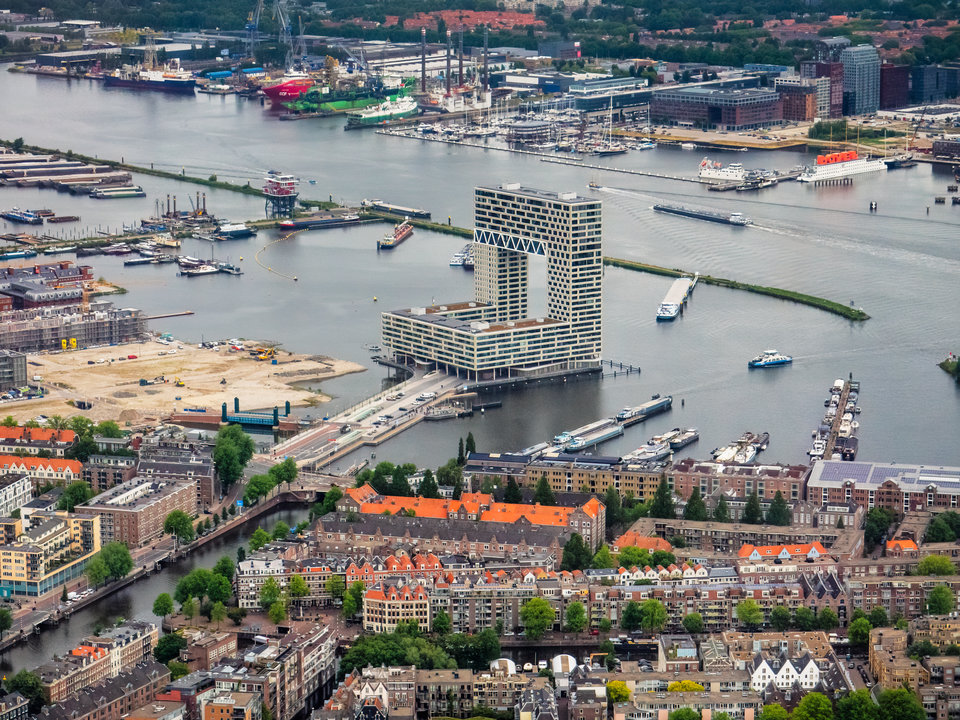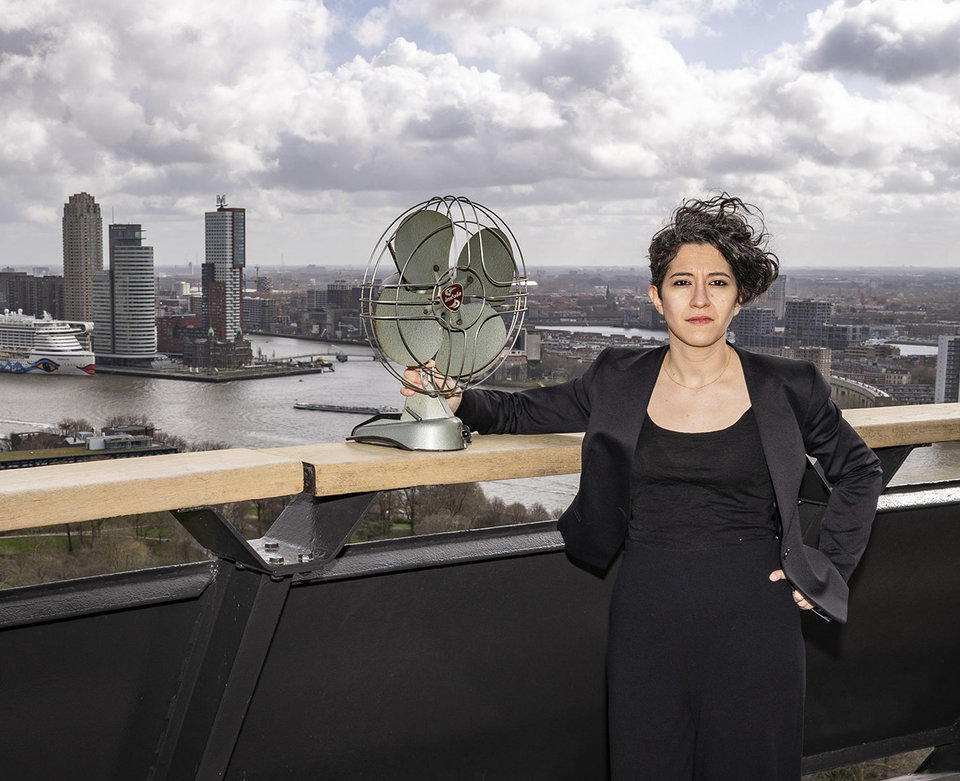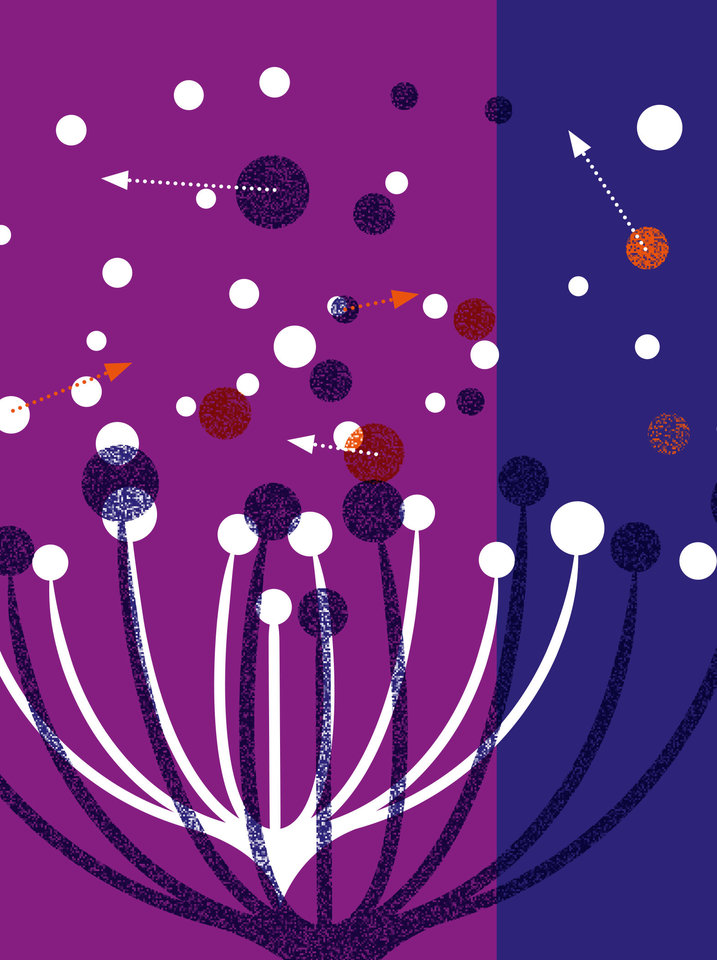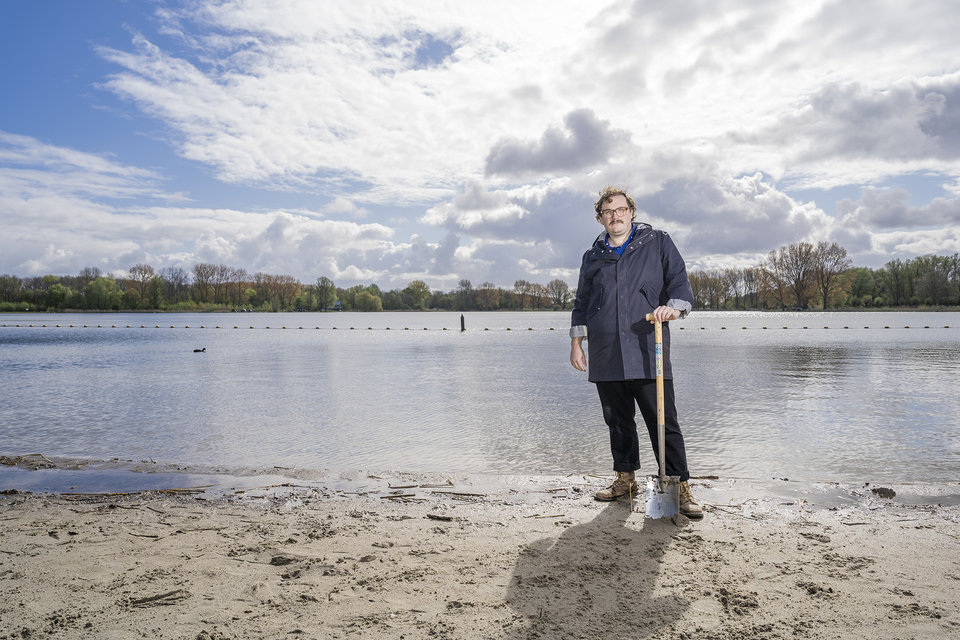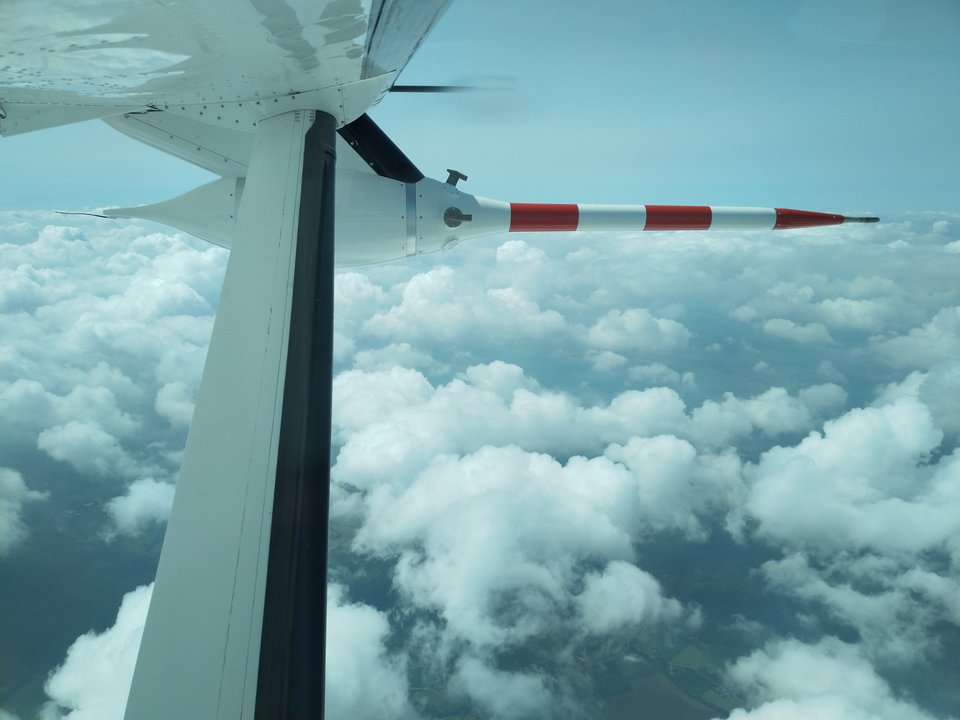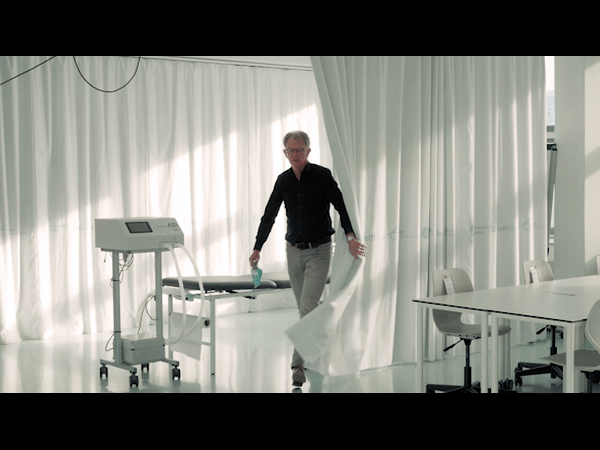The international project Waterwarmth dives into the subject of aquathermal energy (AE). Simply put: extracting heat, or cold, from water in the vicinity. Using this principle, you can heat your house by extracting energy from a canal or lake, even in winter. Michiel Fremouw, researcher at the Faculty of Architecture and the Built Environment, is involved in the organisation of the project. He hopes it will also lead to him obtaining a PhD. "But promotion is not my main purpose... for me, impact is the holy grail."
AE has the potential to make major contributions to the energy transition. Heat pumps typically use electricity instead of gas and are also much more efficient than traditional boilers. Another advantage is that AE is not only suitable for entire neighbourhoods but also on smaller scales, which makes it very suitable for remote properties such as farms. And it offers a way to store surplus solar and wind energy as heat for later use.
Extracting energy from the pond next to the porch
Project Waterwarmth focuses on the North-West Europe region, from Sweden to Normandy, and on AE from surface water, such as the sea, lakes, and canals. The aim is mainly scaling up. There are already dozens of AE projects in the Netherlands, but almost all of them are individual buildings. For example, the team visited the headquarters of Wetterskip Fryslân, a building that even in winter draws heat from a nearby canal. Michiel: "Only with more investment from individuals, organisations, and municipalities is this technology going to make a real difference."
Convincing potential consumers is partly a matter of advertising and networking, but there are also legitimate concerns. The most obvious one is simply a lack of available knowledge and experience in Europe with constructing AE projects. Nature managers also want to be sure that heat exchange with surface water will not cause additional problems for freshwater ecosystems. And regulations from governments, both regional and national, are often inadequate when it comes to this relatively new technology.
Only with more investment from individuals, organisations, and municipalities is this technology going to make a real difference.
One strategy the team will use to overcome these barriers is the construction of five new and unique AE projects spread across the five participating countries, each of which will provide important data. Michiel is supporting and researching the construction of the facility here on the TU campus. At the southern extreme is the temporary location of Firma Van Buiten, with its heaters already designed to be connected to an AE system. The unique part of this project is that the water source, the pool behind the building, is quite shallow. Michiel: "We want to demonstrate that we can extract enough heat from this pond without a negative impact on its ecology."
A good start, but not the only solution
Over the years, Michiel has gained a lot of experience with the do's and don'ts of supplying sustainable energy for the built environment. "Always start by thoroughly mapping what you have, what you need, and what is possible in your vicinity. First reduce the need, for example through insulation. That is usually where the biggest gains can be made. Then you start working on supply, for instance by looking for sustainable heat sources in the neighbourhood. Make long-term plans. What will the energy demand be in 50 years? And, perhaps most importantly, coordinate!" For example, if a new wind farm is being built, check which other organisations want to buy that power.
Find the discipline where you can make a difference, and go for it!
"For me, the most important thing is to make a difference," Michiel says. "I can do all kinds of fantastic research, but what really matters is that heat pumps are getting installed!" So should more researchers and students devote themselves to AE? "Not necessarily... it is a cool technology that can contribute a lot to sustainability, but it is not a silver bullet that is going to solve the entire climate crisis. What I would prefer to see is everyone contributing in their own way. Find the discipline where you can make a difference, and go for it!"
The many projects of Fremouw
Like many new students, Michiel chose the Faculty of A+BE because he was enthusiastic about architecture. Yet during his studies he found that it was actually the technical subjects that appealed to him. "In Building Technology, the frameworks for success are clearly defined, and paradoxically, that is precisely what gave me the feeling of freedom." Michiel became fascinated by the challenges in energy and building physics. "I went from: how can you provide buildings with what they need? To: how do you build systems that keep the whole built environment liveable? How do you make those systems as sustainable as possible? And how do you visualise patterns that nobody quite understands?"
Promotion is not my main purpose... for me, impact is the holy grail.
Michiel was part of a series of research projects after graduating. He started with Celsius, a large European consortium to improve urban heat networks. His next project, City-zen, had similar aims but focussed on making energy supply more sustainable and involving residents. After that came PlanHeat, a large-scale project that had Michiel collaborate on a method for cities to better plan their heat/cold network. "Cities often hire external consultants for these kinds of projects. A shame, because they are often more expensive and less qualified than in-house experts."
Not all Michael's projects were this large in scope. During CampusPV, he worked with colleagues from the Faculty of EWI to analyse parts of Delft's campus for their solar panel potential. For example, the Faculty of Architecture building is a monument, which makes it difficult to get permission for solar panels in visible places. It also transpired that certain sections of the roof were probably not sturdy enough, but luckily external companies are developing extra lightweight panels. Michiel: "CampusPV is a nice project, and now we are going to increase the impact. The final model should calculate the potential of entire cities."
This story is published in October 2024
More information
All images in this article were made by Robèrt Kroonen.
Michiel Fremouw is part of the Climate, Energy, Circularity group within the department AE&T of the Faculty of Architecture and the Built Environment.
Current information on project Waterwarmth can be found on their website.
An overview of aquathermal energy projects in the Netherlands can be found on the website of the Warmtenetwerk (in Dutch).

